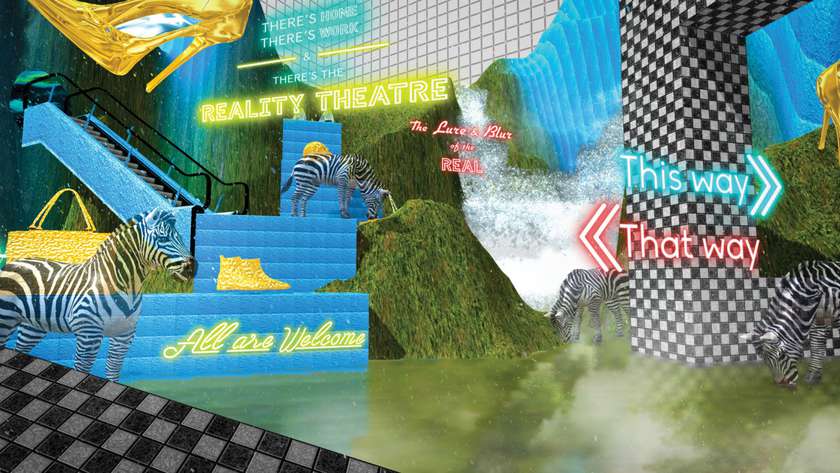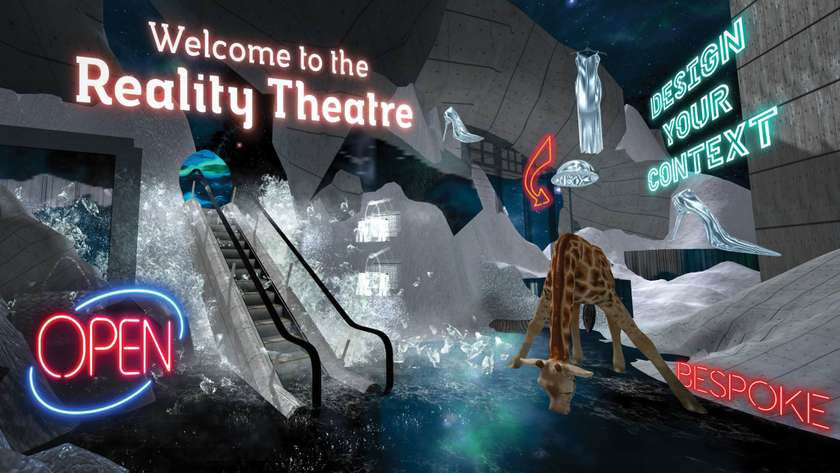Idea by
Allison Crank
Call for ideas 2016
The Reality Theatre
The Reality Theatre
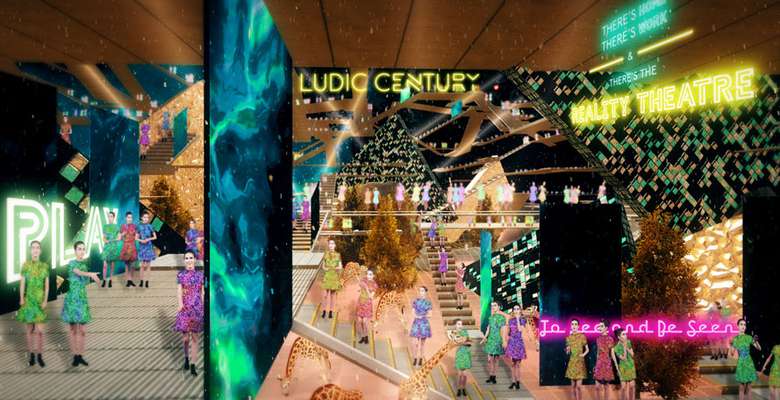
Shopping plays an immense role in our lives. Except for work and housing, no other activity compares in sheer quantity and scale. From the Greek agora to today’s online stores, shopping has taken on innumerable forms and new technologies have been invented in order to stay relevant for the public’s desires. But with the rise of online shopping and cyberspace, shops and malls are facing rapid obsolescence. It’s no longer enough to provide and sell goods and services, the internet can do both and often in a more efficient and cost-saving manner. As stores and malls are replaced by Amazon and webshops, and the growth of these networks continue to rise, we also see the fall of the third place. At the same time, the forces shaping our cities are no longer physical—their networks intangible, a ubiquitous virtuality. As virtual elements increasingly construct our reality and experiences, shopping, one of the most ubiquitous architectural forms for public space— will become a virtual system.
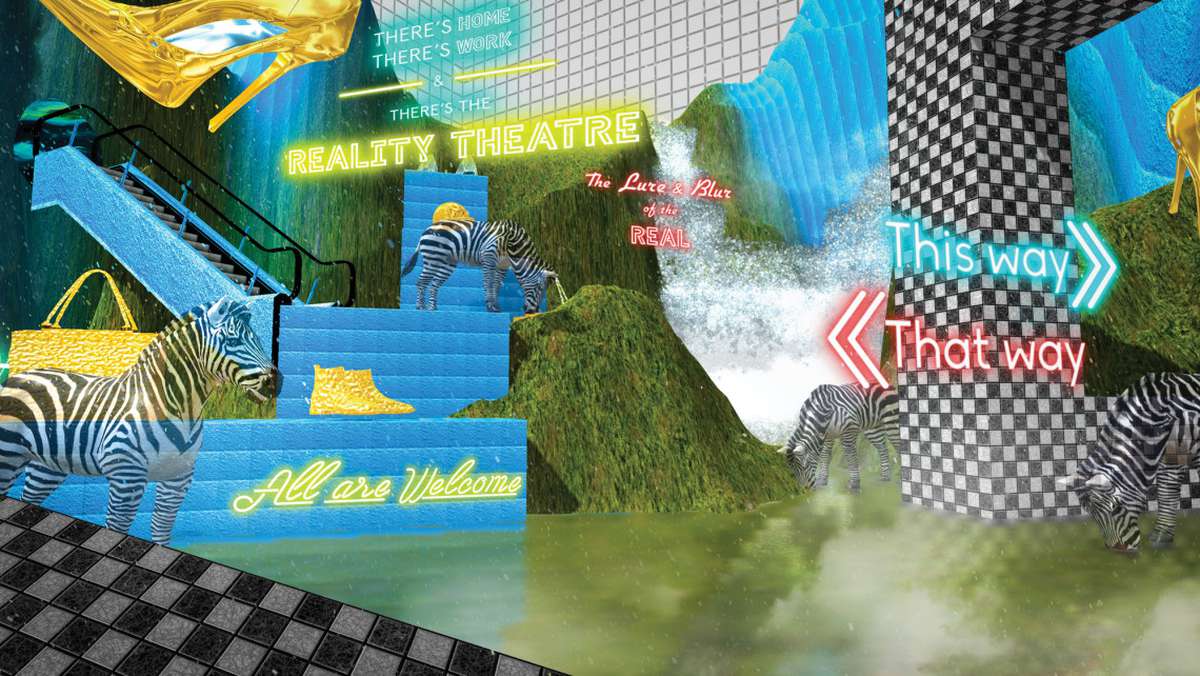
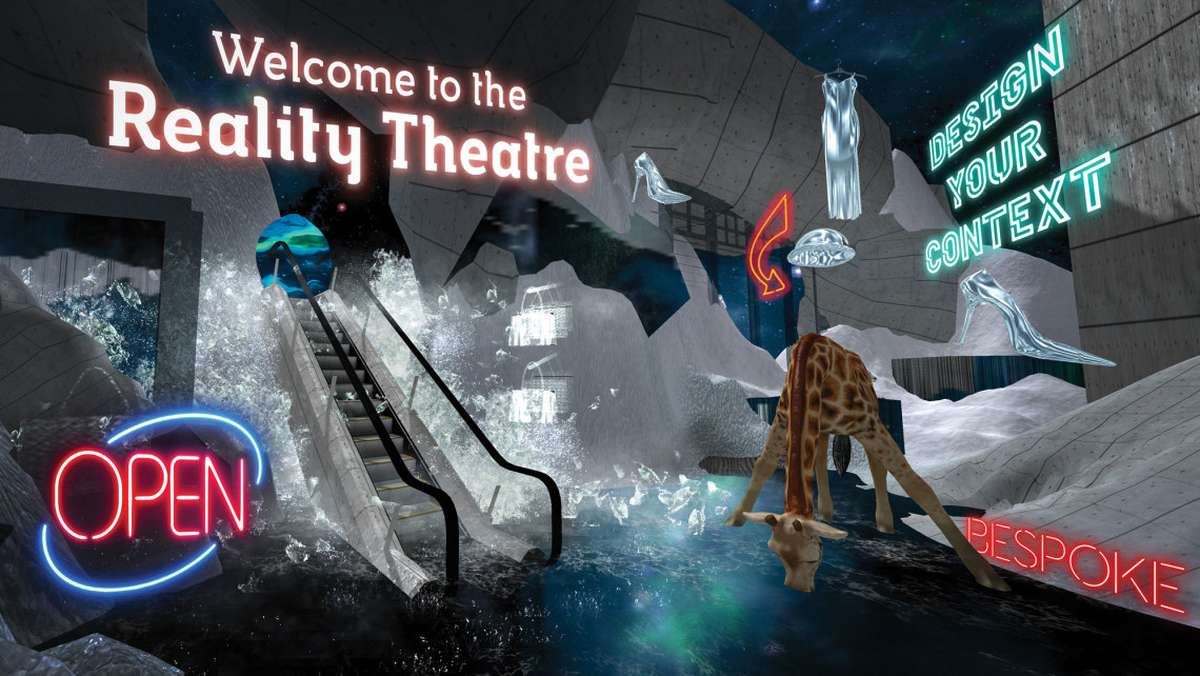
The Reality Theatre
The Reality Theatre

Shopping plays an immense role in our lives. Except for work and housing, no other activity compares in sheer quantity and scale. From the Greek agora to today’s online stores, shopping has taken on innumerable forms and new technologies have been invented in order to stay relevant for the public’s desires. But with the rise of online shopping and cyberspace, shops and malls are facing rapid obsolescence. It’s no longer enough to provide and sell goods and services, the internet can do both and often in a more efficient and cost-saving manner. As stores and malls are replaced by Amazon and webshops, and the growth of these networks continue to rise, we also see the fall of the third place. At the same time, the forces shaping our cities are no longer physical—their networks intangible, a ubiquitous virtuality. As virtual elements increasingly construct our reality and experiences, shopping, one of the most ubiquitous architectural forms for public space— will become a virtual system.
